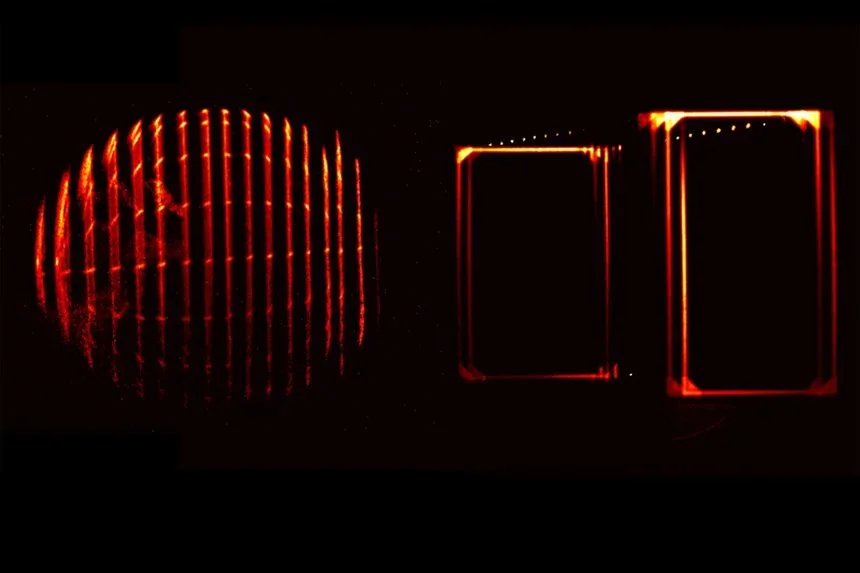Brighter Side of News
2w
345

Image Credit: Brighter Side of News
Global first: Scientists reproduce visual illusion predicted by Einstein’s theory of relativity
- Scientists have reproduced a visual illusion predicted by Einstein's theory of relativity for the first time in the lab.
- The Terrell-Penrose effect suggests that fast-moving objects appear rotated rather than shortened or stretched due to light travel time.
- The Lorentz contraction, a concept in special relativity, does not affect how fast objects look in photographs.
- A team of researchers from TU Wien and the University of Vienna successfully recreated this effect using ultrashort laser pulses and an ultra-fast camera setup.
- During the experiment, a cube appeared rotated while a sphere remained round, confirming the predicted visual distortion.
- The use of artificial Lorentz contraction reshaped the cube and sphere, but they still appeared undistorted in the final images.
- This breakthrough blends art and science, drawing inspiration from ultra-fast photography techniques used by artists.
- The results of the experiment were published in Communications Physics, shedding light on a complex optical phenomenon predicted over 60 years ago.
- The project showcased the fusion of art and science in capturing and understanding the visual effects of high-speed object movement.
- By combining advanced camera technology with theoretical predictions, the team was able to verify the Terrell-Penrose effect in a real laboratory setting.
Read Full Article
20 Likes
For uninterrupted reading, download the app